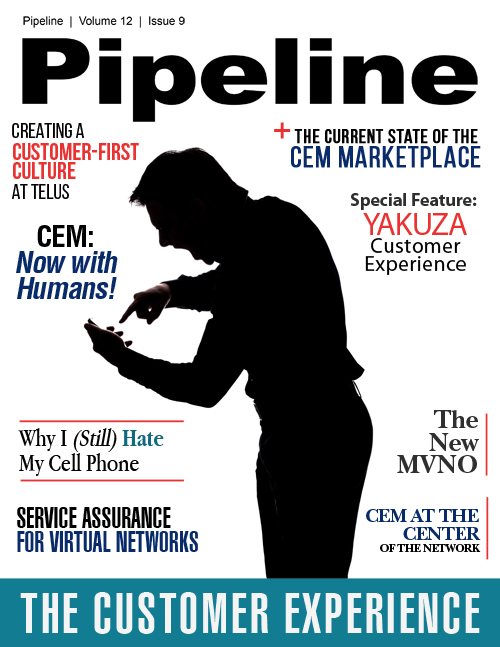The Current State of the CEM Market
By: Tim Young

Ah, the customer. The end-user. The subscriber. The one who pays the bills that keep us all in business. As automobile magnate and philanthropist Henry Ford said it, “It is not the employer who pays the wages. Employers only handle the money. It is the customer who pays the wages.”
And over the last few years, companies of all types and sizes have really started to believe it. Whereas the focus for many firms had long been competitor focused and mired in one-upmanship and “me too” moves, more and more are focusing on understanding the experience of that person who is paying the wages.
Which brings us to the field of Customer Experience Management (CEM), an area about which we’ve written at length in this publication, and about which countless others have talked ad infinitum. Nevertheless, there is a good deal of remaining confusion about what CEM is, what technologies it includes, what metrics it involves, and what vendors offer its constituent products and services.
In the past, we’ve examined what various CSPs are doing to integrate CEM into their activities and put together a buyer’s guide that still has value. But given the ongoing evolution and complexity of the industry, we wanted to put together an updated field guide for CEM in the wild.
Some of this will seem a tad elementary to begin with, but I’m in the camp that believes it’s important to define our terms.
About gen-E
gen-E enables its customers to gain greater visibility into the health and performance of their business through an advanced analytics software solution. Supporting some of the top Fortune 500 enterprises and telecommunications service providers, gen-E helps these businesses derive actionable insights from combined data from across the organization, enabling them to have the visibility and control needed to reduce costs, improve efficiencies, and increase the quality of the customer experience. http://gen-e.com
CEM - In a nutshell
Like pretty much everything else in our industry, CEM is awash in acronym confusion, half-hearted attempts at product and service differentiation, and an overall expansion and contraction of scope that has led “CEM” to mean, depending on the case, nearly everything or next-to-nothing. Go down the rabbit-hole of marketing materials and you’ll find out that CEM is influenced by or serves as an outgrowth of CRM and measures CX and some call it CXM even though “experience” begins with an e and not an x and on and on and on. It’s exhausting.
But at its core, CEM is a subfield—some refer to it as a management discipline, which I like—that does one main thing and a category of resulting things. It seeks to understand the customer’s interaction with the company and its products and services (and how the customer feels about the company as a result of that interaction). That’s the main thing. Then it seeks to use that understanding to optimize and enhance the customer experience using all the other tools at its disposal.
Or, to put it another way, I like Gartner’s definition: CEM is “the practice of designing and reacting to customer interactions to meet or exceed customer expectations and, thus, increase customer satisfaction, loyalty and advocacy.” To get there, you need to understand how things are going with your customer interactions, and once you have that, you can find ways to make those interactions shine.



















